The Mazda6 has grown up – both dimensionally and dynamically – so is it still as good a steer as it has always been? We have always been fans of the 6’s abilities here at OVERSTEER, so we leapt at the chance to head to Tauranga to check out the new one.
What is it?
Well, if you don’t know what a Mazda6 is, then you probably describe your own car by its colour when people ask you what you drive.
Close to 20,000 have been sold in New Zealand since its launch in 2002 (and that is not counting Japanese imports, either…) and it has consistently been the segment leader since then.
And deservedly so, because the Mazda6 has consistently been one of the best cars in the mid-size segment since its launch, despite coming under heavy attack from some seriously good competition, most notably the remarkably good Ford Mondeo which has recently stolen the edge on the 6 for being the best drive in the segment, thanks to the addition of some brilliant engines.
But now the Mazda6 strikes back with an all-new, incredibly sexy-looking replacement that also boasts some thoroughly brilliant engines, including what is probably the best diesel engine on sale today. Now, I do realise that is a mighty bold claim, but it doesn’t take too many kilometres behind the wheel before you become willing to make it…
Bold claims are something that swirled around the new 6 at its local launch, with Mazda climbing that it was the safest, highest quality, most efficient and most “driver interactive” car the company has built.
The new 6 is, naturally, larger than the car it replaces and so is its price. Roughly $10k can be tacked on top of the equivalent price of the last model, but to balance that out equipment levels are also up. There have also been a number of other changes to the Mazda6 model line up, the most obvious of which is the deletion of a hatch body shape.
The choice of engines in both sedan and wagon variants is between a 2.5-litre direct injection four-cylinder petrol engine that packs 138kW/250Nm and boasts fuel consumption of just 6.6L/100km, and a 2.2-litre four-cylinder diesel that puts out 129kW/420Nm and uses just 5.4L/100km. The entry level wagon comes with a 2.0-litre four-cylinder petrol that pumps out 114kW/210Nm and uses 6.0L/100km. All engines come mated to a six-speed automatic transmission.
The range kicks off with the entry-level GLX, which is available in sedan or wagon form with either the 2.0-litre petrol (wagon only) or the 2.2-litre diesel (both). The GLX comes standard with cloth seat trim, standard cruise control, a trip computer, Bluetooth phone and media connectivity, a four-speaker audio system with auxiliary and USB inputs, six airbags, remote central locking, single zone air conditioning and LED taillights. The GLX starts at $45,495 for the petrol wagon and steps up to $49,095 for the diesel-powered sedan or wagon.
The GSX is available in sedan or wagon, with either the 2.2-litre diesel or the 2.5-litre petrol and adds front fog lamps, keyless entry, auto headlights, dual zone air con, a leather steering wheel, gear knob and hand brake handle, rain sensing wipers, a TomTom satellite navigation system and front and rear parking sensors to the standard spec. The GSX costs $49,795 for the petrol in either sedan or wagon form, while the diesel-powered version costs $51,995 for either body style.
The Limited tops out the range, being available for the first time in New Zealand in wagon form. Like the GSX, the Limited is available in wagon or sedan form, with a choice of the 2.5 petrol or 2.2 diesel.
The Limited comes fully-loaded with adaptive bi-xenon headlights, heated exterior mirrors, radar cruise control, heated leather seats with four (passenger) or eight (driver) way electric adjustment, a Bose premium audio system with 11 speakers, a blind spot monitoring system, lane departure warning, forward obstruction warning, automatic high beam dipping and rear cross traffic alert, a system that warns of traffic approaching from the side when reversing.
The Limited also tops out the price list at $58,595 for the petrol and $60,795 for the diesel, wagon or sedan.
What’s it like?
Absolutely brilliant. While the size and price may be getting up there, the quality and sheer driving joy has also increased to keep up.
While we didn’t get to sample the 2.0-litre petrol variant, the 2.5-litre version was strong and refined, with impressively frugal fuel consumption, especially given it was being driven by journalists on a launch…
But the star, engine-wise, was most definitely the diesel. Previously seen in the CX-5, it is a rev-happy torque-monster in the 6, making it perfectly suited to the big sedan’s athletic chassis.
Revving out to 5,500rpm, the diesel loses almost nothing to a petrol engine in terms of revs and gains a whole hell of a lot in terms of usable grunt and torque. It even makes a wonderfully angry growl when you climb up higher into the revs.
The Mazda6 flows with a wonderfully graceful precision from corner to corner, with the nose turning in with an almost telepathic sharpness. The body feels settled and insanely compliant throughout, with very little sacrificed in terms of ride comfort either.
What’s good about it?
Quite a bit, really. Mazda’s SkyActiv technologies have worked wonders on the 6’s fuel consumption, while the quality on show is impressive.
The ride/handling compromise is spot on, with a delicate sense of refinement to the way it handles that is usually only found in far more expensive sedans.
And the diesel engine is an absolute star. Seriously, I think it might be love…
What’s not so good?
The centre console is a glaring oasis of hard plastic amid a sea of quality soft-touch materials, especially where your leg leans (usually sweatily) against it during driving.
It IS quite big now too. And pricey. But it certainly doesn’t have large car fuel consumption, so there’s that.
First impressions?
Truly, truly impressive.
The new Mazda6 is a powerful, frugal (either engine, but especially the diesel) and deeply impressive entrant into the mid-size segment. That said, its sheer size will also make it a damn fine option for anyone still considering a large car.
We mentioned at the start that bold claims were something that swirled around the 6 at the launch and, after a decent thrash in a few of them, we certainly wouldn’t dispute any of them. A truly impressive car indeed.
Specifications
Models/prices
GLX 2.0 petrol wagon – $45,495
GLX 2.2 diesel sedan/wagon – $49,095
GSX 2.5 petrol sedan/wagon – $49,795
GSX 2.2 diesel sedan/wagon– $51,995
Limited 2.5 petrol sedan/wagon – $58,595
Limited 2.2 diesel sedan/wagon – $60,795
Powertrain
2.0-litre inline four-cylinder petrol producing 114kW/210Nm; six-speed automatic transmission; front-wheel drive, 2.5-litre inline four-cylinder petrol producing 138kW/250Nm; six-speed automatic transmission; front-wheel drive, 2.2-litre inline four-cylinder turbo diesel producing 129kW/420Nm; six-speed automatic transmission; front-wheel drive
Fuel consumption: 6.0L/100km (2.0), 6.6L/100km (2.5), 5.4L/100km (2.2)
CO2 emissions: N/a
Safety
ANCAP/EuroNCAP rating: 5 star
Air bags: 6
Stability control: yes
Lap/diagonal belts: 5

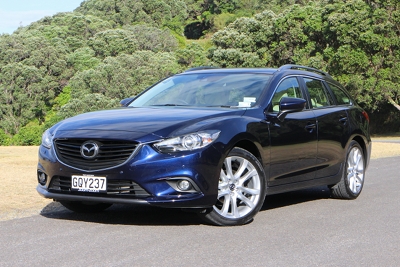
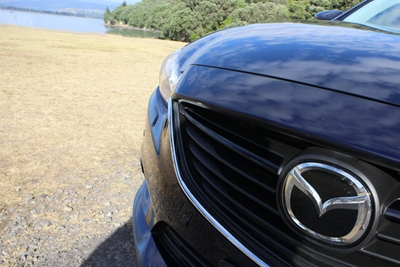
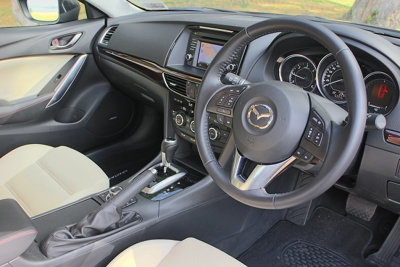
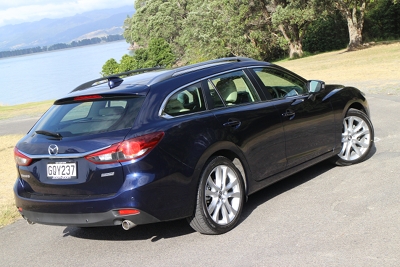
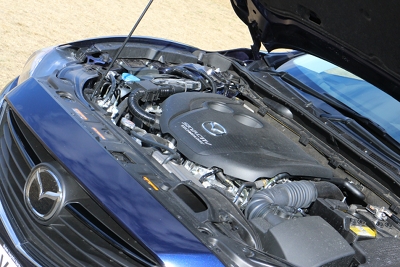
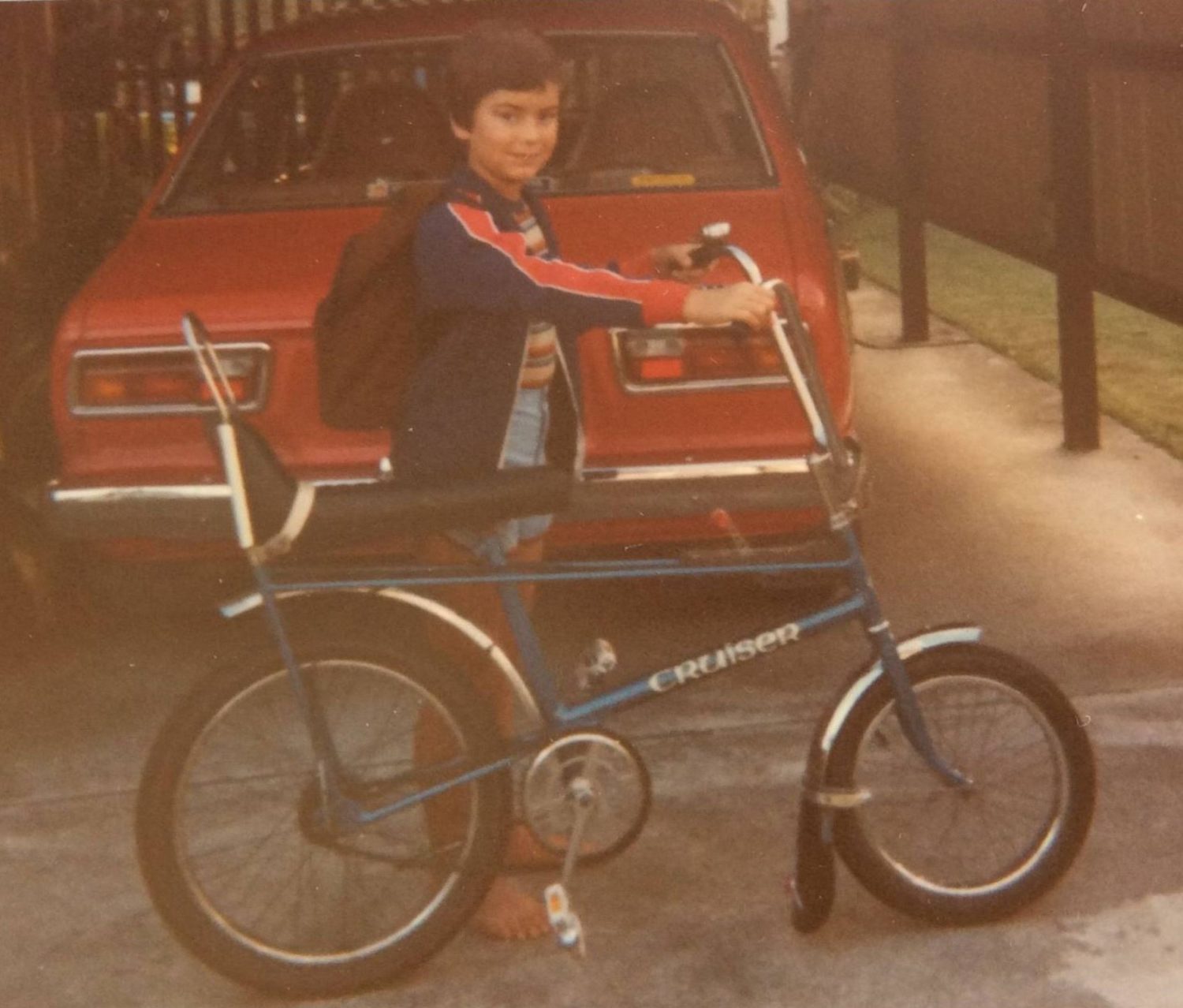
You must be logged in to post a comment.